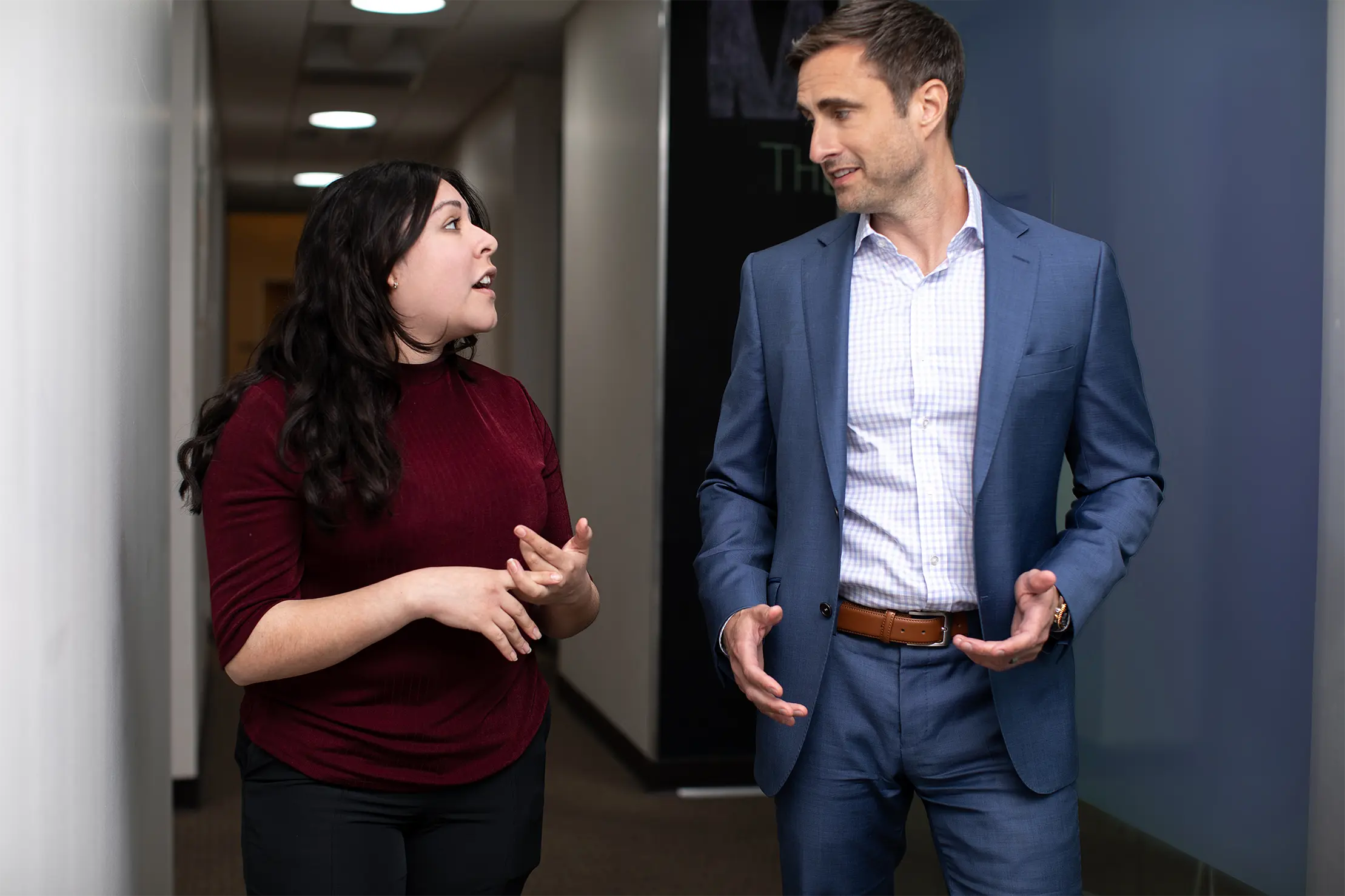Child Passenger Safety Tips
Before having a baby, it is common to read up on the latest child passenger safety tips related to infant car seats. As our kids grow older, it is helpful to review the safety tips regularly to ensure we’re still doing the best we can to protect our children. We’ve put together this refresher for your review, complete with recommendations from the Centers for Disease Control and Prevention.
Birth to Age 3: Rear-Facing Car Seat
Use a rear-facing car seat in the car’s back seat from birth until ages two to three, or until the child reaches the maximum weight and/or height limits of the car seat. Many children may be uncomfortable in the rear-facing car seat even before the age of two, but the recommendation is to try and keep the child rear-facing for as long as possible.
Never place a rear-facing car seat in the car’s front seat or in front of an airbag – airbags can kill young children riding in the front seat.
Ages 2 to 5: Forward-Facing Car Seat
After the child has outgrown the rear-facing car seat, use a forward-facing car seat placed in the car’s back seat until at least age five or older. The child should remain in the forward-facing car seat until they reach the seat’s maximum weight or height limit.
Ages 5 to 12: Booster Seat
Use a belt-positioning booster seat in the car’s back seat after the child has outgrown their forward-facing car seat. The seat belt will fit properly when the lap belt lays across the child’s upper thighs and the shoulder belt lays across the chest.
If the seat belt is across the child’s stomach or neck, it is not fitted properly. Once the child reaches about 4 feet 9 inches tall and ages 9-12 years, they can transition out of the booster seat.
Ages 9 to 12: Back Seat Seat Belt
For the best protection, all children ages 12 and under who have outgrown their booster seat should be buckled into the back seat of the car.
Keep Children In Each Stage as Long as Possible
It is recommended that you keep your child in each stage for as long as possible since there’s a reduction in the level of protection each time you move your child to the next stage. Remember to check the manufacturer’s recommended height and weight limits of your particular car and booster seats.
If you have specific questions about car seat safety for children, we recommend that you visit a Child Passenger Safety Technician (CPST) or attend a free car seat inspection held by the CHP, police department, or a local hospital. You can look up car seat inspection locations in your area on the National Highway Traffic Safety Administration website here. As adults, we can set good examples by always using our seat belts and making sure all of our passengers are properly secured, no matter how short the trip.


